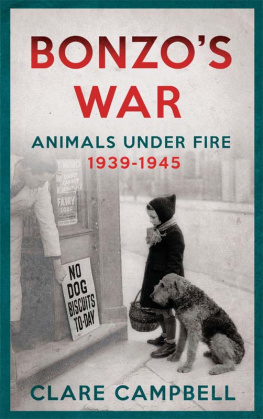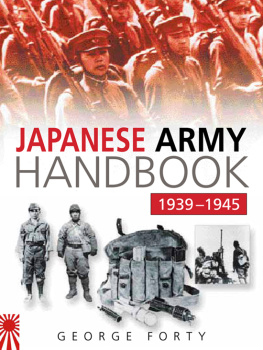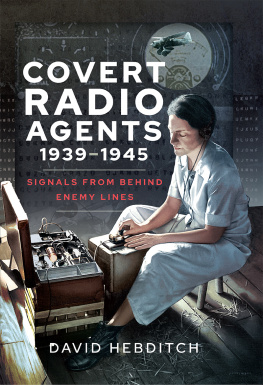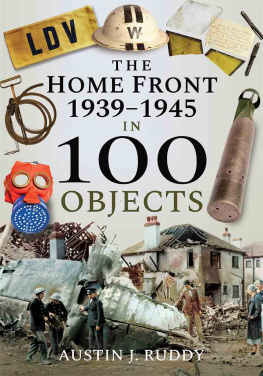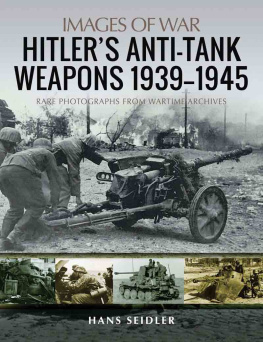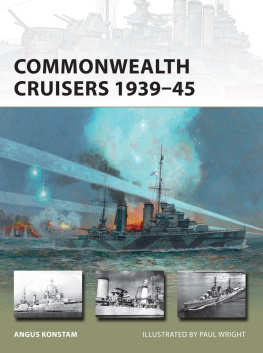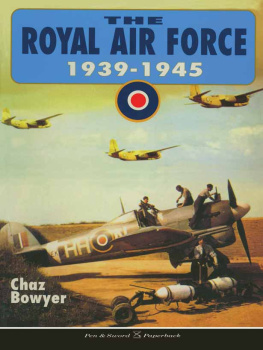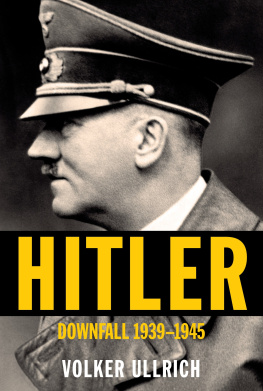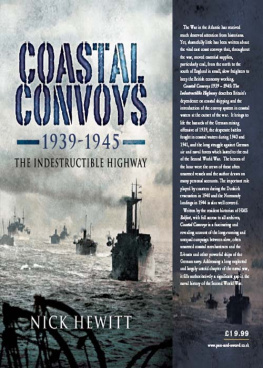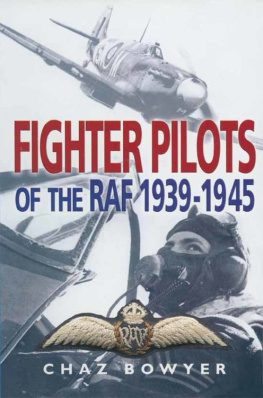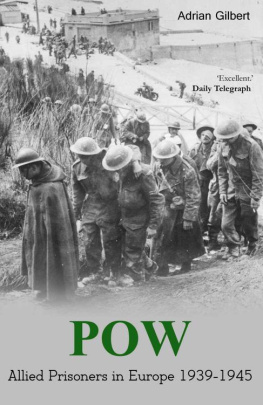Clare Campbell - Bonzos War: Animals Under Fire 1939-1945
Here you can read online Clare Campbell - Bonzos War: Animals Under Fire 1939-1945 full text of the book (entire story) in english for free. Download pdf and epub, get meaning, cover and reviews about this ebook. genre: Detective and thriller. Description of the work, (preface) as well as reviews are available. Best literature library LitArk.com created for fans of good reading and offers a wide selection of genres:
Romance novel
Science fiction
Adventure
Detective
Science
History
Home and family
Prose
Art
Politics
Computer
Non-fiction
Religion
Business
Children
Humor
Choose a favorite category and find really read worthwhile books. Enjoy immersion in the world of imagination, feel the emotions of the characters or learn something new for yourself, make an fascinating discovery.
- Book:Bonzos War: Animals Under Fire 1939-1945
- Author:
- Genre:
- Rating:3 / 5
- Favourites:Add to favourites
- Your mark:
- 60
- 1
- 2
- 3
- 4
- 5
Bonzos War: Animals Under Fire 1939-1945: summary, description and annotation
We offer to read an annotation, description, summary or preface (depends on what the author of the book "Bonzos War: Animals Under Fire 1939-1945" wrote himself). If you haven't found the necessary information about the book — write in the comments, we will try to find it.
Bonzos War: Animals Under Fire 1939-1945 — read online for free the complete book (whole text) full work
Below is the text of the book, divided by pages. System saving the place of the last page read, allows you to conveniently read the book "Bonzos War: Animals Under Fire 1939-1945" online for free, without having to search again every time where you left off. Put a bookmark, and you can go to the page where you finished reading at any time.
Font size:
Interval:
Bookmark:
Also by Clare Campbell
Out of It: How Cocaine Killed My Brother
Tokyo Hostess: Inside the Shocking
World of Tokyo Nightclub Hostessing
CLARE CAMPBELL

Constable & Robinson Ltd
5556 Russell Square
London WC1B 4HP
www.constablerobinson.com
First published in the UK by Corsair,
an imprint of Constable & Robinson, 2013
Copyright Clare Campbell and Christy Campbell, 2013
The right of Clare Campbell and Christy Campbell to be identified as the author of this work has been asserted by them in accordance with the Copyright, Designs and Patents Act 1988.
Written with Christy Campbell
All rights reserved. This book is sold subject to the condition that it shall not be reproduced in whole or in part, in any form or by any means, electronic or mechanical, including photocopying, recording, or by any information storage and retrieval system now known or hereafter invented, without written permission from the publisher and without a similar condition, including this condition, being imposed on the subsequent purchaser.
A copy of the British Library Cataloguing in
Publication data is available from the British Library
ISBN 978-1-47210-679-7 (hardback)
ISBN 978-1-47210-687-2 (ebook)
1 3 5 7 9 10 8 6 4 2
Printed and bound in the UK
Jacket images Mirrorpix, Harshad Pisavadia (author); Jacket design: Leo Nickolls
To Fergus and Luis, and all those that went before
When I was eight years old I was horrified to discover that my uncle had killed a dog.
Eavesdropping on my parents conversation in our south London home one evening, I heard my mother tell my father how distressed her twin sister, Lena, had been at the very start of the Second World War. This was not as a result of fears for herself or her young son at the thought of the approaching conflict, but rather because her husband, Ernest, had decided to have their beloved pet dog Paddy destroyed.
From what I could gather, Paddy had been a very nice Wire Haired Fox Terrier. I had never known him; it was all several decades earlier. But I do remember a fading snap in our family photo album of an agreeable, eager-looking dog with magnificently tightly curled fur bouncing along by my aunts side. He had reminded me of the Tri-ang toy push-along dog that I myself had loved so much as a child.
Now he was long gone. But I pricked up my ears and wanted to know more. With some reluctance, my mother told me.
The way she told it, each evening my Aunt Lena would walk Paddy across the common to the suburban station to meet Ernest off his train, the dog jumping up to greet him with joy. It was summer 1939; war was coming. Everybody sensed it, even if the pets of the southwest London suburbs were as yet blissfully unaware of Herr Hitlers intentions.
Then, when the Invasion of Poland was at last announced on the BBC News, my mother told me that Uncle Ernest had suddenly decreed that Paddy must go.
Always a very rational man and totally lacking in sentiment, he took the dog from my aunts arms the following day (2 September 1939) and went out the front door, I assume, with Paddy happily beside him on a lead. The next day, a Sunday, the sirens sounded and Britain really was at war.
My aunt never saw Paddy again. I was horrified. I thought of my uncle, otherwise a twinkly-eyed, kindly man of whom I was very fond, and decided then and there that he must be a monster. Well, it was the war, darling, my mother explained unconvincingly. Food was going to be rationed, everybody thought so, and your Uncle Ernest decided Paddy was one more mouth to feed. He wasnt the only one who thought like that at the time.
For every person who thought like my uncle, I am sure that there were dozens for whom pets were like members of the family, and only slightly less dear to them than their own children. What on earth should they do if, as everyone expected, the war began with a cataclysm from the air?
As I would discover, it was a scene repeated in thousands of loving homes weeping children, sobbing mothers, stern fathers saying it was the only thing to do. That it was the kindest thing to do.
It was all based on a false assumption: that mass bombing of cities with gas and high explosive would very soon follow the outbreak of war. A general panic stalked pet lovers. Would their animals suffer terribly? Would they become hysterical and run wild at the sound of sirens and explosions, their bodies burned or contaminated with mustard gas or whatever other horrors were coming? If they survived the opening onslaught, could they even be fed?
It had been in the papers, broadcast on the BBC It really is kindest to have them destroyed, said the man from the Ministry of Home Security, spoken in a soothing announcement from deepest officialdom made in the treacliest tones of Mr Cholmondley-Warner (I can only imagine thats how it was).
The result was a catastrophe. Actually it was all an accident, wasnt it?
And thus it happened that in those first days of war, many, many thousands of cats and dogs were shooed out into the street, dumped in the woods or taken to the vet or animal welfare clinic for some sort of kindlier end to be inflicted. It was a national tragedy, a heart-breaking pet holocaust that still haunts animal lovers like me. And it had touched my family directly.
There has always been a rumour that something like that happened, the archivist of the Royal Society for the Prevention of Cruelty to Animals (RSPCA) told me while I was on the long and varied research trail for this book. Well, it did happen and its all there in the Societys own archives and in those of other animal welfare charities and its recorded in detail in the official files of HM Government. I know who I blame
So, what was it like to be a pet during the Second World War? What happened to domestic dogs and cats when bombs began to fall and food went on the ration? And what happened to the animals at the zoo?
Living in a house full of cats and history books I began to wonder. Unlike medal-winning war animals with memorials and biographies galore, at first I could find nothing on the ordinary pets of ordinary people, and the humble working animals: the milkmans horse rather than the war horse. Then, little by little, the story opened up. What follows concerns the civilian animal experience of war and especially the pets of embattled Britain.
Since 2004, those animals who officially served Great Britain have had their own monument in Hyde Park, London: the Animals in War Memorial, dedicated, as it proclaims, to all the animals that served and died alongside British and Allied forces in wars and campaigns throughout time. It bears a second inscription they had no choice.
Well, neither did the war pets: the companion animals that often had more to fear from their owners than anyone else, it would turn out. Cats and dogs had no choice when the bombs began to fall (other perhaps than to run), although plenty of choices would be made for them.
Pets, on the whole, do not write their memoirs. To find out what happened I had to look for accounts of those who entwined their lives with their pets because they loved them especially or because they sought to advance the wellbeing of animals generally.
I found them in abundance. And what extraordinary stories they were of animals under fire in the Blitz, of evacuated, blacked-out, foodless and homeless pets, of brave cats and intrepid dogs who did not go barking mad at the first wail of sirens as everyone expected them to, but rather gave aid and comfort to humans.
Font size:
Interval:
Bookmark:
Similar books «Bonzos War: Animals Under Fire 1939-1945»
Look at similar books to Bonzos War: Animals Under Fire 1939-1945. We have selected literature similar in name and meaning in the hope of providing readers with more options to find new, interesting, not yet read works.
Discussion, reviews of the book Bonzos War: Animals Under Fire 1939-1945 and just readers' own opinions. Leave your comments, write what you think about the work, its meaning or the main characters. Specify what exactly you liked and what you didn't like, and why you think so.

